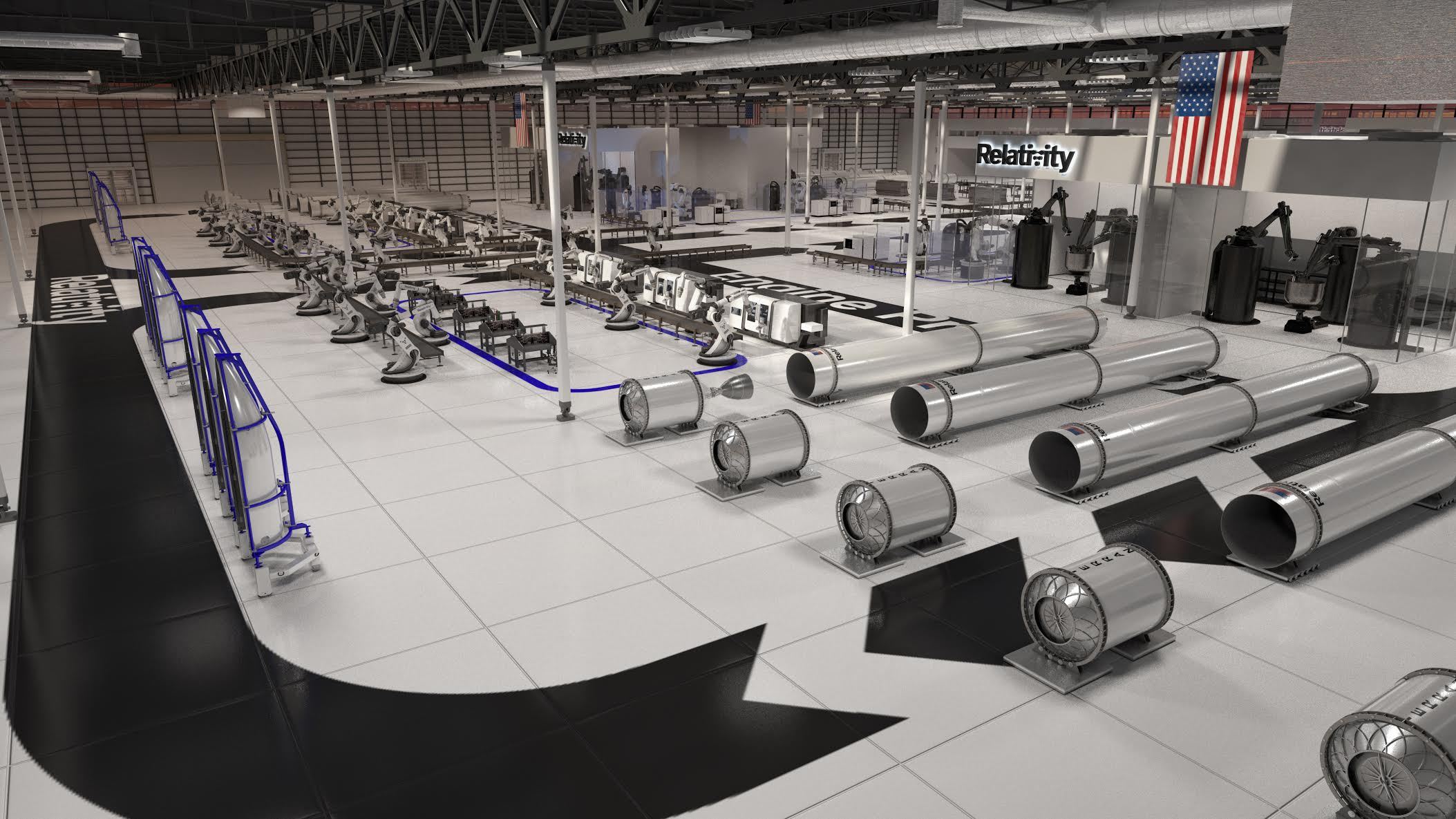3D printed rocket manufacturer Relativity Space has secured a $3million NASA contract to launch several Small Satellites (SmallSats) into Low Earth Orbit (LEO).
Awarded as part of NASA’s Launch Services Program (LSP), the deal will see Relativity deploy its Terran 1 rockets to fire various CubeSats, microsats, and nanosatellites into space by June 30th 2022. The agreement takes the firm’s total number of clients to eight, including two contracts from the U.S. government.
“NASA’s efforts to expand launch options are vital for the future growth of space access,” said Tim Ellis, CEO and Co-founder of Relativity Space. “We appreciate NASA’s selection of our 3D printing approach for our launch vehicle, the Terran 1.”
The CubeSat-launching VCLS contract
Since 1998, NASA’s LSP division has focused on sourcing partners for launching uncrewed rockets into space, with the aim of supporting various research missions. The new VCLS contract has been awarded on a similar basis, and the CubeSats are set to be used for exploration, education and investigation purposes.
NASA has allocated the Venture Class Launch Services Demonstration 2 (VCLS Demo 2) contract to Relativity, as well as aerospace firms Firefly Black LLC and Astra Space Inc. The agency selected the companies due to their launch capabilities, and the SmallSats are designed to provide a low-cost base for future missions.
NASA’s Earth Science Division has partnered with LSP to fund the $16.7 million project, as a means of increasing its ability to repeatedly launch small payloads. Due to their size, the more compact launches can also factor in a higher degree of risk, enabling NASA to mitigate any potential issues with the new launch vehicles.
For its part, Relativity has said that the program will allow it to “demonstrate its unique capabilities and sector-leading momentum.” Although an exact date hasn’t been set yet, the contract stipulates that the devices will be launched from the firm’s orbital site at Cape Canaveral LC-16 by June 30th 2020.

Relativity’s fully-3D printed rocket
Relativity has been developing its Terran 1 rocket in-house using its Stargate 3D printer since 2015, but its progress has recently gathered pace. Over the last two years, the company has raised a total of $685 million in funding, allowing it to significantly expand on its facilities and target a total rocket lead time of 60 days.
In June 2019, Relativity was given permission to build a 220,000 square foot rocket building factory at NASA’s Stennis Space Center, providing it with fresh testing and assembly space. Last year, the firm also moved to a new Californian HQ, enabling it to accelerate its production process and gain several lucrative contracts.
In the private sector, Satellite producers Iridium Communications and Telesat have both chosen Relativity’s rocket to fire their small satellites into LEO. Similarly, the Terran 1 has been selected by defense contractor Lockheed Martin for an upcoming NASA cryogenic testing mission, which is set to take place during 2023.
Even though the inaugural launch of its Terran 1 rocket isn’t scheduled until later in 2021, Relativity also managed to raise $500 million worth of investment last year. The funding round’s success demonstrated investor confidence in the company’s progress, especially with regards to the high-profile contracts it has earned.
CubeSats in the 3D printing industry
Although Relativity’s been contracted to launch pre-made CubeSats into LEO, a number of companies have gone one step further, and used 3D printing to optimize the devices themselves.
3D printing materials provider CRP Technology, for instance, has deployed its Windform polymers to fabricate nanosatellites and PocketQubes for a number of clients. Using additive manufacturing and lighter plastics, the firm partnered with Alba Orbital to reduce the weight of its Alba 2 PocketQube deployers by 60 percent.
Canadian service bureau Burloak Technologies and communications firm MacDonald, Dettwiler and Associates (MDA) have also agreed to develop enhanced 3D printed satellite parts. The companies aim to optimize the design of a range of antenna technologies for use within the harsh environment of space.
Elsewhere, the U.S. national accelerator America Makes has announced that it will open a third Satellite Center for 3D printing research and applications. The facility is set to be based at Wichita State University and focus primarily on advancing the use of AM within the aerospace sector.
To stay up to date with the latest 3D printing news, don’t forget to subscribe to the 3D Printing Industry newsletter or follow us on Twitter or liking our page on Facebook.
Are you looking for a job in the additive manufacturing industry? Visit 3D Printing Jobs for a selection of roles in the industry.
Featured image shows Relativity engineers working on the firm’s 3D printed Terran 1 launch vehicle. Photo via Relativity Space.



